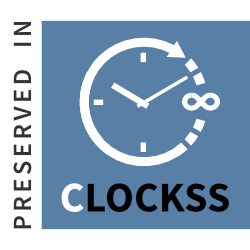Transforaminal epidural steroid injection versus high-volume lumbar erector spinae block in patients with low backache and radicular pain – a randomized clinical trial
Rigved Arsh Singhrol1, Dr. Reena2, Amrita Rath2, Anil Kumar Paswan2, Shashi Prakash2, Nimisha Verma2, Ashutosh Vikram31Department of Anesthesiology, All India Institute Of Medical Science, New Delhi, India2Department of Anaesthesiology, Critical care and Pain Management, Institute of Medical Sciences, Banaras Hindu University, Varanasi, India
3Department of Orthopedics, Baba Kinaram Government Medical College, Chandauli, India
Objectives: Transforaminal lumbar epidural steroid injection (TFESI) has been used to treat lumbar radiculopathies. Erector spinae plane block (ESPB) has been employed to provide postoperative analgesia following spine and back surgeries. We aimed to compare TFESI with high-volume lumbar ESPB in patients with low backache and radicular pain.
Methods: This was a prospective, randomized, single-centre interventional study. After obtaining institutional ethical committee clearance and written informed consent, 60 patients aged 18 to 50 years with unilateral low backache were randomly allocated into two groups of 30 each—Group T and Group E. Group E received ultrasound-guided lumbar ESPB with 30 mL of 0.25% bupivacaine and 20 mg triamcinolone, whereas Group T received fluoroscopy-guided TFESI with 2 mL of 0.25% bupivacaine and 20 mg triamcinolone. The primary outcome was pain relief as assessed by the numeric rating scale (NRS) at 3 months. Secondary outcomes included NRS at 1 hour and 1 month, the Modified Oswestry Disability Index (MODI), the number of patients requiring rescue analgesia, and procedure-related complications.
Results: The mean post-procedure NRS scores at 1 hour, 1 month, and 3 months were significantly lower in Group T compared to Group E (p=0.001, 0.013, and 0.007, respectively). MODI scores were significantly lower in both groups after treatment (p<0.001). In Group T, 6.9% of patients experienced a vasovagal attack and 3.4% had flushing, both of which resolved spontaneously. In contrast, no complications were observed in Group E.
Conclusion: ESPB is effective for providing analgesia in patients with chronic low back pain and radiculopathy; however, TFESI showed superior pain relief as reflected in more favourable NRS scores. Nevertheless, TFESI requires greater precision and expertise and carries a higher risk of serious complications. ESPB may be a safer alternative when TFESI is difficult to perform or contraindicated.
Manuscript Language: English





